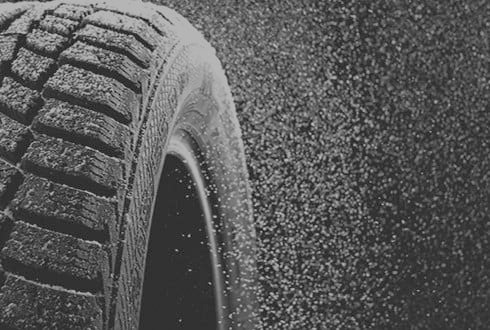Garage Door Insulation Weatherstrip Seal for Enhanced Energy Efficiency and Protection
Understanding Garage Door Weatherstrip Seals Importance, Types, and Installation
Garage doors serve as a critical entry point to our homes, providing not only access but also security and protection for vehicles and stored items. To enhance their functionality, one essential component often overlooked is the weatherstrip seal. A garage door weatherstrip seal plays a significant role in maintaining energy efficiency, improving comfort, and safeguarding against the elements.
Importance of Garage Door Weatherstrip Seals
1. Energy Efficiency One of the primary benefits of installing weatherstrip seals is the enhanced energy efficiency of your home. A poorly sealed garage can allow drafts, moisture, and pests to infiltrate your space. This can lead to higher heating and cooling costs, as your HVAC system has to work harder to maintain a consistent temperature. By properly sealing the garage door, homeowners can minimize air leakage, helping to save money on energy bills.
2. Protection Against the Elements Weatherstrip seals provide a barrier against rain, snow, and wind. This protection is vital for maintaining the integrity of not just the garage but also the items stored within it. Water intrusion can lead to rust, mold, and damage to both vehicle and contents, necessitating costly repairs. Effective sealing keeps your garage dry and protects your investments.
3. Pest Control In addition to environmental factors, weatherstrip seals can also help keep unwanted pests out. Rodents and insects are less likely to enter through a well-sealed garage door. This is particularly essential in regions where bugs and pests are prevalent, ensuring that your garage—often used for storage—remains a pest-free zone.
4. Noise Reduction Another benefit of weatherstrip seals is noise reduction. If your garage is attached to your home, outside noises can permeate through small gaps. Weatherstrip seals help dampen sound, providing a quieter, more peaceful living environment.
Types of Weatherstrip Seals
There are various types of weatherstrip seals available, and the right choice often depends on the type of garage door and specific needs.
1. Bottom Seals These are installed at the base of the garage door to fill the gap between the door and the ground. They are typically made from rubber or vinyl, providing an effective barrier against rain and cold air.
2. Side Seals These seals are applied along the sides of the garage door to prevent air leakage and water intrusion. They are often found in strip form and can be made from various materials, including rubber, felt, or foam.
3. Top Seals Located at the top of the door, these seals prevent water and wind from entering the garage during storms. They are critical for maintaining a watertight seal.
garage door weatherstrip seal

4. Threshold Seals Threshold seals are installed on the floor where the garage door meets the ground. They are often used in conjunction with bottom seals for enhanced protection against flooding and drafts.
Installation of Weatherstrip Seals
Installing weatherstrip seals is a manageable DIY project for most homeowners. Here’s a step-by-step guide
1. Measure the Door Begin by measuring the dimensions of your garage door to ensure you purchase the correct length of weatherstripping.
2. Choose the Right Material Based on the gap size and type of door, select the weatherstrip material that best suits your needs.
3. Remove Old Seals If applicable, carefully remove any old weatherstrip seals. Ensure no remnants are left behind to guarantee proper adhesion for the new seal.
4. Clean the Area Clean the surfaces on which the new seals will be placed. Dirt and debris can affect the adhesive quality.
5. Install the New Weatherstrip Apply the weatherstrip seal starting from one side of the door to the other, ensuring a snug fit. Use nails or adhesive to secure it in place as needed.
6. Test for Leaks Once installed, close the garage door and check for any drafts or light seeping through. Adjust as necessary for optimal sealing.
Conclusion
Integrating a weatherstrip seal into your garage door setup is an effective way to enhance your home’s energy efficiency, comfort, and protection against the elements. By understanding the different types of seals available and knowing how to install them properly, homeowners can ensure their garage remains a secure and efficient part of their home. Whether you're seeking to reduce energy costs, protect your possessions, or simply improve overall garage functionality, weatherstrip seals are a worthwhile investment.
-
Under Door Draught Stopper: Essential ProtectionNewsJul.31,2025
-
Garage Door Seal and Weatherstrips for ProtectionNewsJul.31,2025
-
Edge Banding Tape for Perfect EdgesNewsJul.31,2025
-
Table Corner Guards and Wall Corner ProtectorsNewsJul.31,2025
-
Stair Nose Edging Trim and Tile Stair SolutionsNewsJul.31,2025
-
Truck Bed Rubber Mats for Pickup BedsNewsJul.31,2025
-
Window Weather Stripping for Noise ReductionNewsJul.29,2025